MONTAUK, NY—A brisk early season nor’easter kept many local boats in that week, but with Saturday’s forecast looking better, Montauk fisherman Dave Aripotch is willing—he’s weathered much worse than a little cold and a little wind.
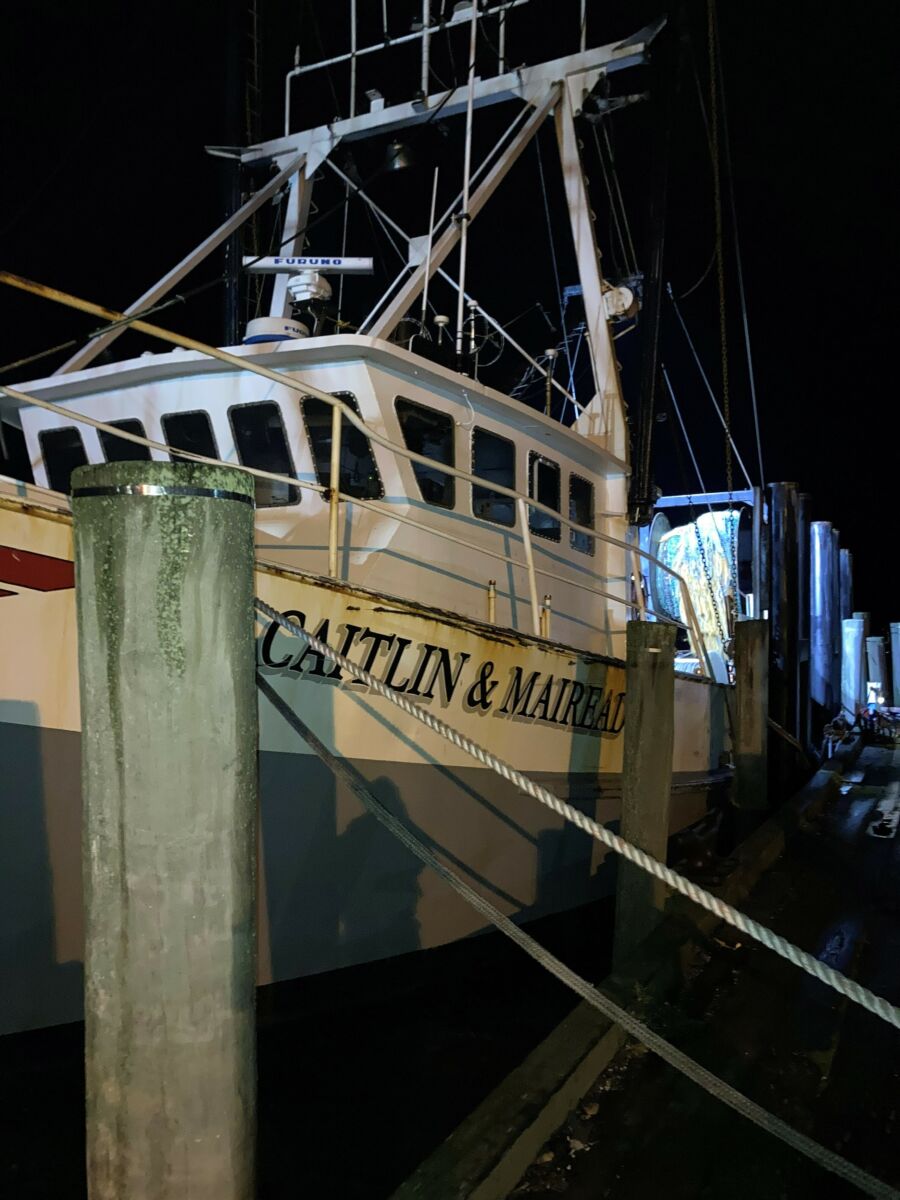
By 5 a.m., he’s dockside at the fishing vessel Caitlin & Mairead. For now, he lets his crew sleep. There are three young men down below—none over the age of 23. Though it’s a great job for them (they can make as much as $15,000 a month), Dave doesn’t know how long it will last.
That’s because of proposed wind farms that could soon destroy this crucial, sustainable fishery. Trawlers like Dave, longline fishers and even lobstermen could see the fish populations decline or flee the grounds as the disruptive turbines (and the buried cables covered over in debris) substantially change the habitat.
“My question is who’s going to feed New York?” he asks. “New Yorkers love their fish and their calamari. Where do they think it comes from? It comes from right here.”
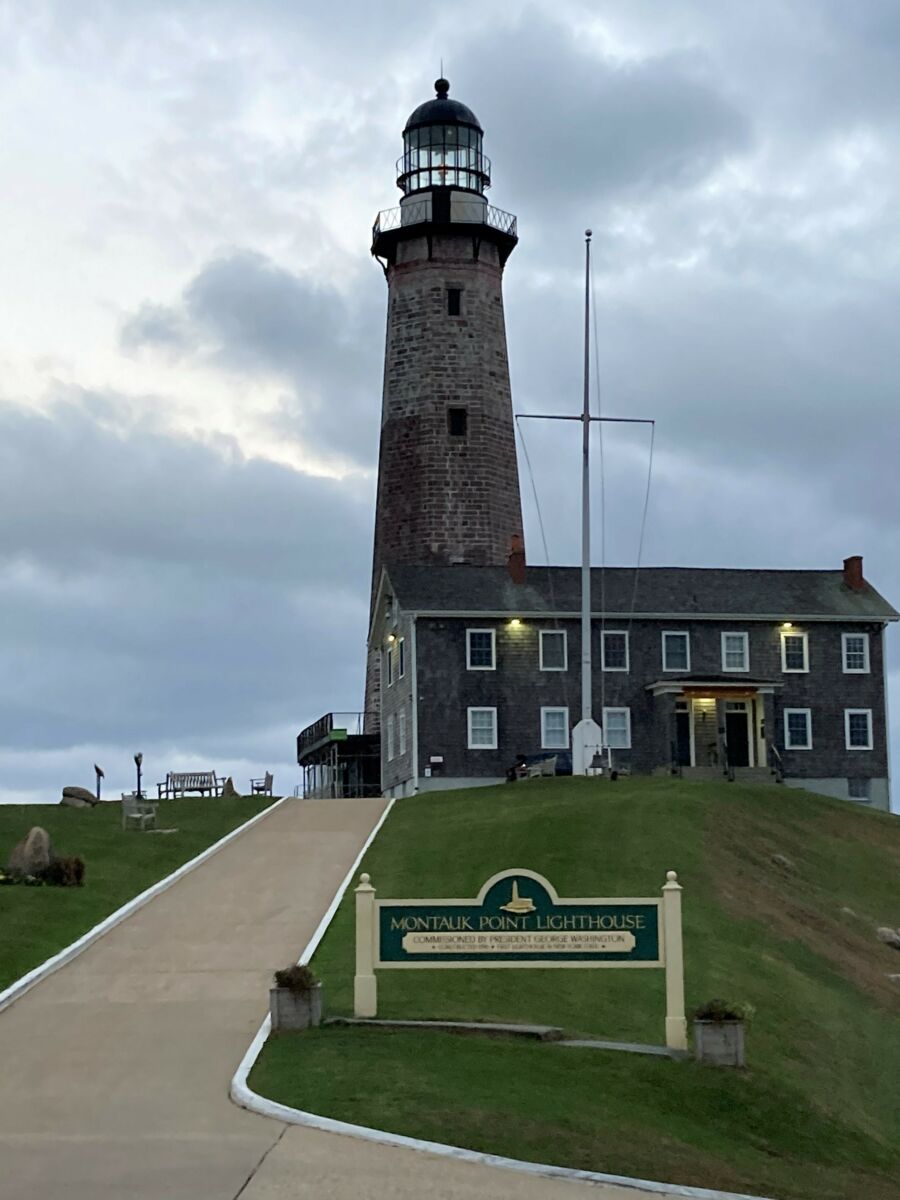
Dave, his wife Bonnie, their friends and other fishing families in the region are fighting. But the odds are steep. The foreign-owned energy companies are well-funded, and renewable energy has plenty of political pull right now. It wasn’t always like this.
“I’ve been doing this since I was 15—I’d skip school and go out for a couple of weeks at a time,” Dave admits as he steams out to where his crewmen will drop the net. “I always knew I’d be a fisherman. We’ve dealt with regulations, we’ve dealt with recessions. But we’ve never faced anything like this.”
One planned farm near Montauk is the South Fork Wind Farm—even the name evokes Texas and the television show “Dallas.” But it’s Denmark’s largest energy firm, Ørsted, behind the project.
Dave’s family is just one of several the Texas Public Policy Foundation will soon represent in court.
“The federal government’s approval of the Vineyard Wind North offshore wind energy project will devastate the local fishing industry, will put the nation’s food supply at risk, and is flat-out illegal,” says TPPF Senior Attorney Ted Hadzi-Antich, who will lead the litigation.
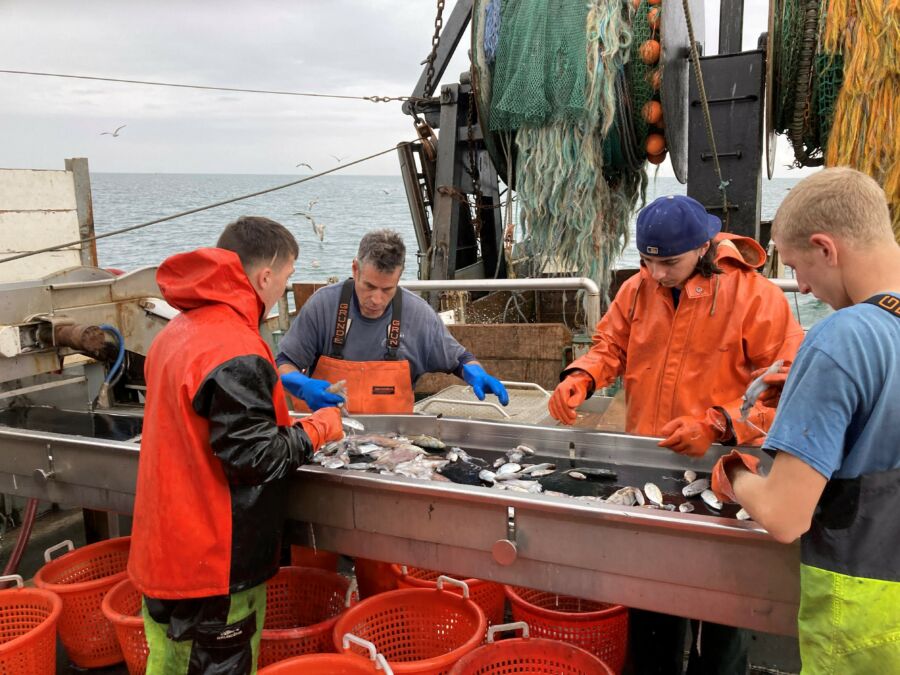
The causes of action are clear—and many. In just one example, some of the wind farms are planned in the migration routes of the endangered North Atlantic Right Whale. Wind farms will take their toll on the whale’s habitat, echolocation (sonar) and hearing.
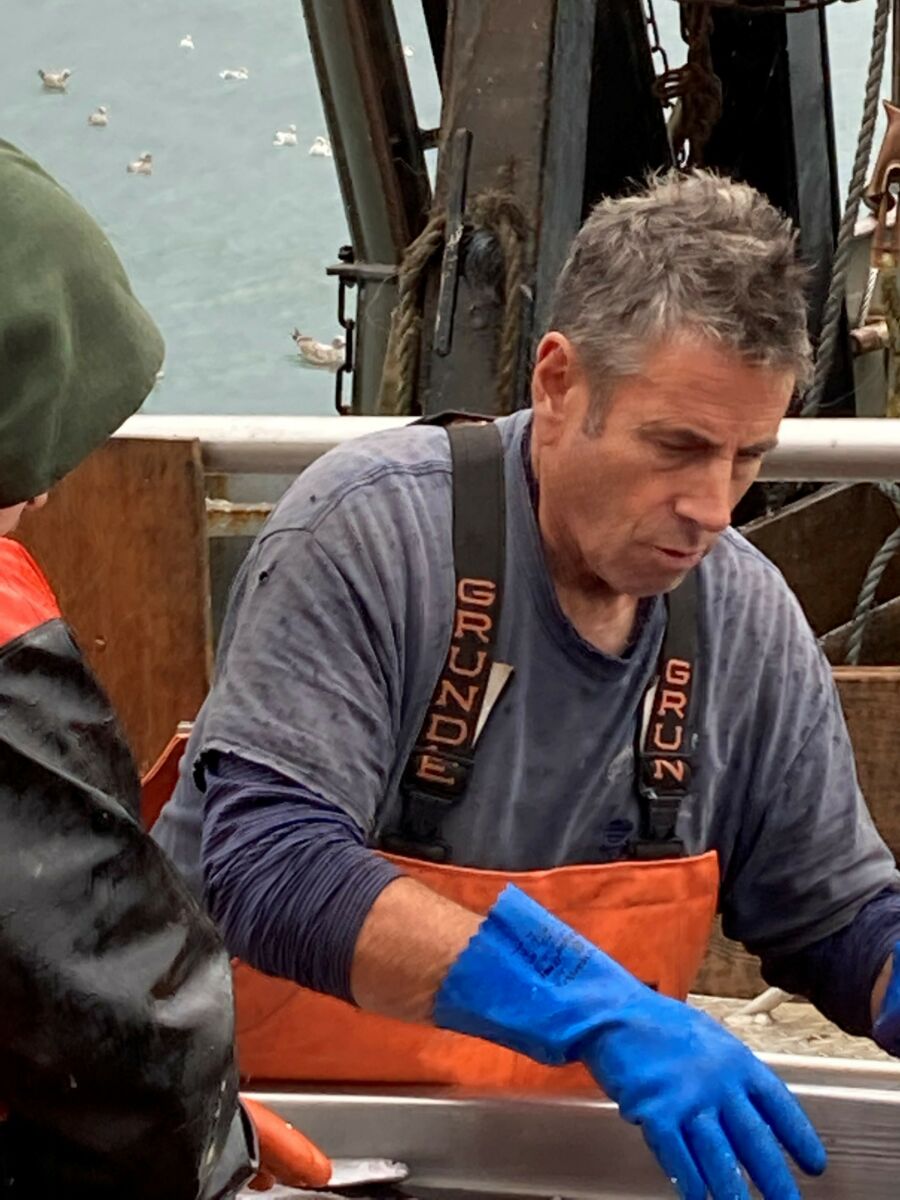
The sun emerges about 7:15 a.m., and a three-hour trawl begins. The boys put out the net, then go back down below for a little more bunk time. Dave makes coffee. When the boat has made its way through Block Island Sound and Gardiner’s Bay, Dave calls the boys back on deck for the haul.
And it’s not a bad one. Squid—large and medium; scup, whiting, butterfish, fluke, smooth dogfish, kingfish, northern sennet, inshore lizardfish, bluefish, even a few stripers—the striped sea bass that can bring $100 and more per fish.
“Add it all up, I can work with this,” Dave says.
The fish is all sorted by hand, and the bycatch is released back into the waters of the Sound. Gulls, gannets and other seabirds are very, very interested. Then it all begins again.
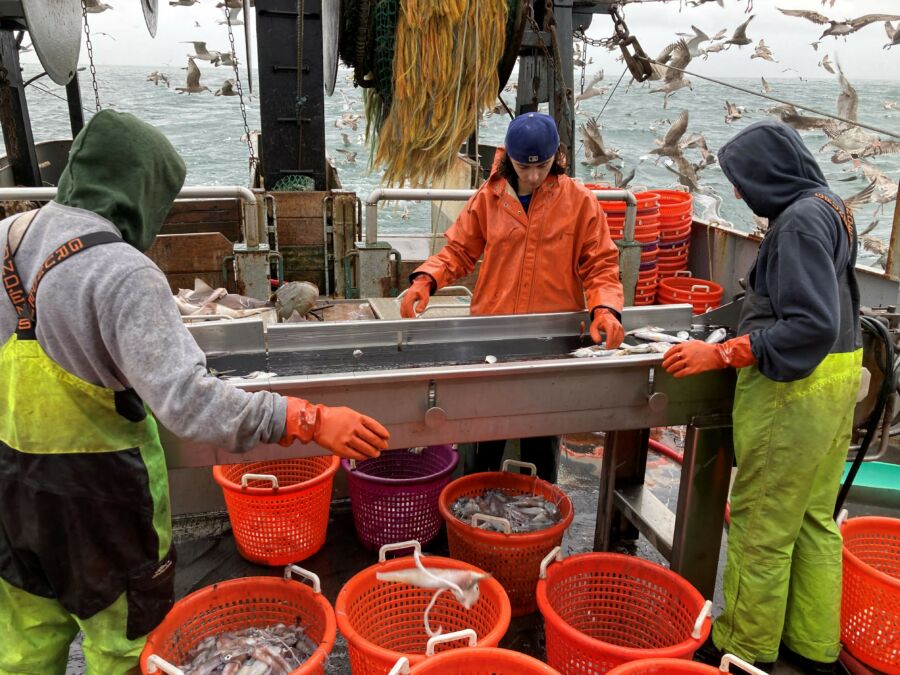
After another three-hour trawl, Dave and the boys have dozens of bushels of fish. They’ll head back to Montauk to take on ice, then pack their catch from the dock. From there, much of it will be trucked by morning to New York City’s New Fulton Fish market at Hunts Point in the Bronx (the old, famous Fulton Fish Market closed in 2005).
Who feeds New York and America? Dave and fishermen like these. For now, at least.